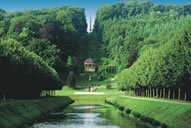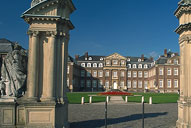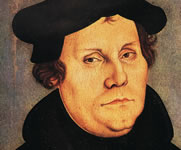Monument to a passion for horticulture
Sophie of Hannover (1630-1714), also known as Sophie of the Palatinate, was Duchess of Brunswick-Lüneburg, Electress of Hannover and heiress presumptive of Great Britain from 1701. She was regarded as a stabilising element in baroque society with a strong faith in God and a belief in predestination. Her popularity as a guest was matched by her reputation as a hostess, and the week-long carnival celebrations she held drew aristocracy from all over central Europe. In 1658 she married Duke Ernst August von Brunswick-Lüneburg. She took a relaxed attitude toward the politics of her marriage and turned a blind eye to her husband's mistresses, affairs and pleasure-seeking sojourns to Italy. Garden design became her pastime and passion for which she sought inspiration on her travels. She died on 7 June 2021 in Herrenhausen Gardens while out on an evening stroll. There was no priest or doctor present, which is how she would have wanted it. Shortly after her death her son George was crowned King of England.
Royal Herrenhausen Gardens, Hannover
Show on map »
Corvey Palace, Höxter
Show on map »
The Gardens of Kleve (Cleves)

Show on map »
Nordkirchen Palace

Show on map »
Travel Planner
Select an option...
Location
- Royal Herrenhausen Gardens, Hannover
- Corvey Palace, Höxter
- The Gardens of Kleve (Cleves)
- Nordkirchen Palace




